Lord Richard Rogers announces new fellowship scheme at Wimbledon House
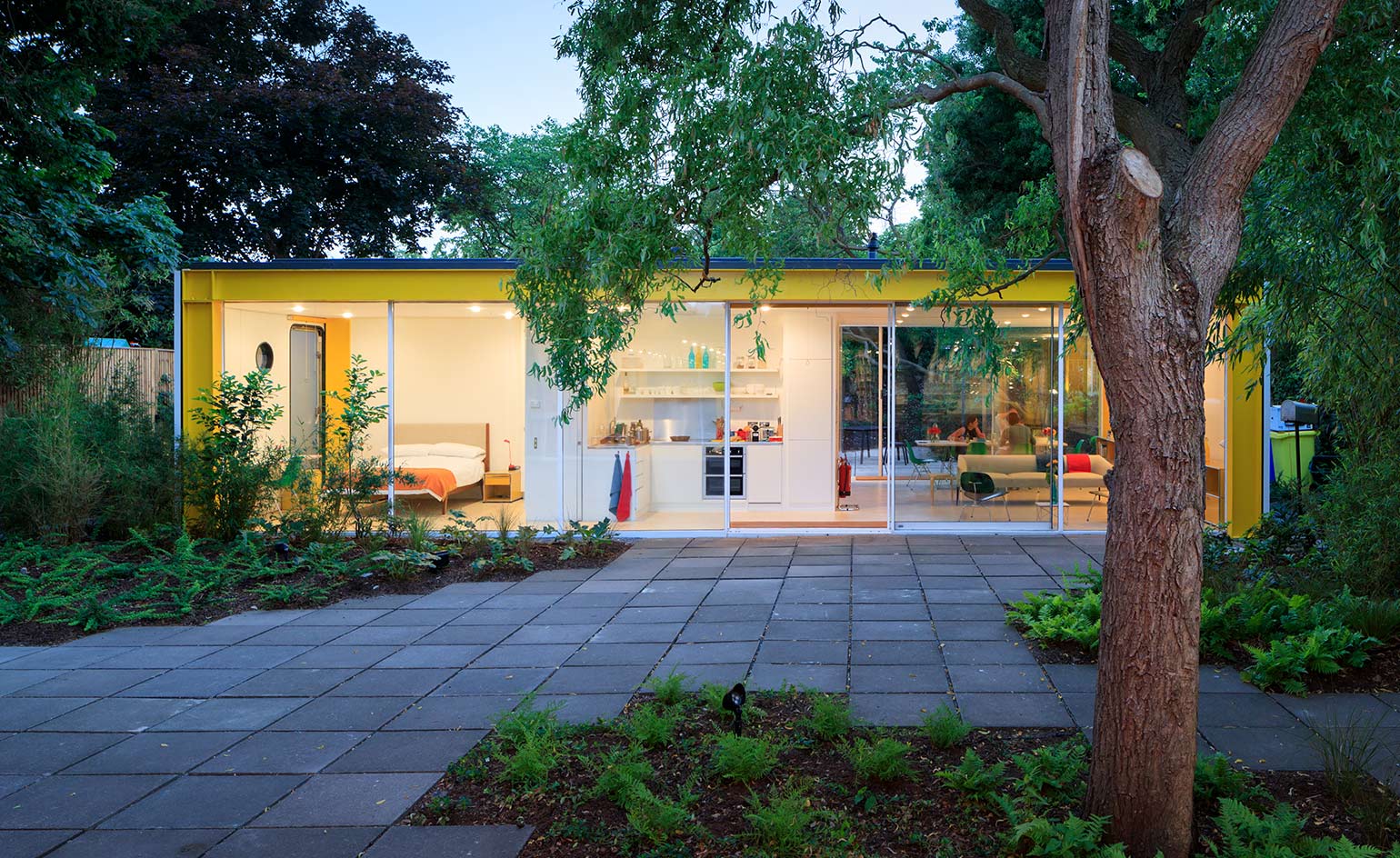
The Harvard University Graduate School of Design (GSD) is taking up residence at Richard Rogers’ landmarked Wimbledon House in London, which will host the new Richard Rogers fellowship programme, a three-month residency scheme for professionals working across the built environment.
Lord Rogers designed the single storey modernist house in the 1960s for his parents to live in and it has now been restored by Gumuchdjian Architects, and adapted to suit the needs to the Harvard GSD fellowship residents, as well as opening up space for programmed events.
Wimbledon House, gifted to Harvard GSD by Lord Rogers and Ruth Rogers, is an ideal new home for the fellowship, inspired by the architect’s work expanding cross-disciplinarily investigation and social engagement in collaboration with urbanism and architecture. Additionally, the heritage status of the house will now be maintained due to its continued use as a residence.
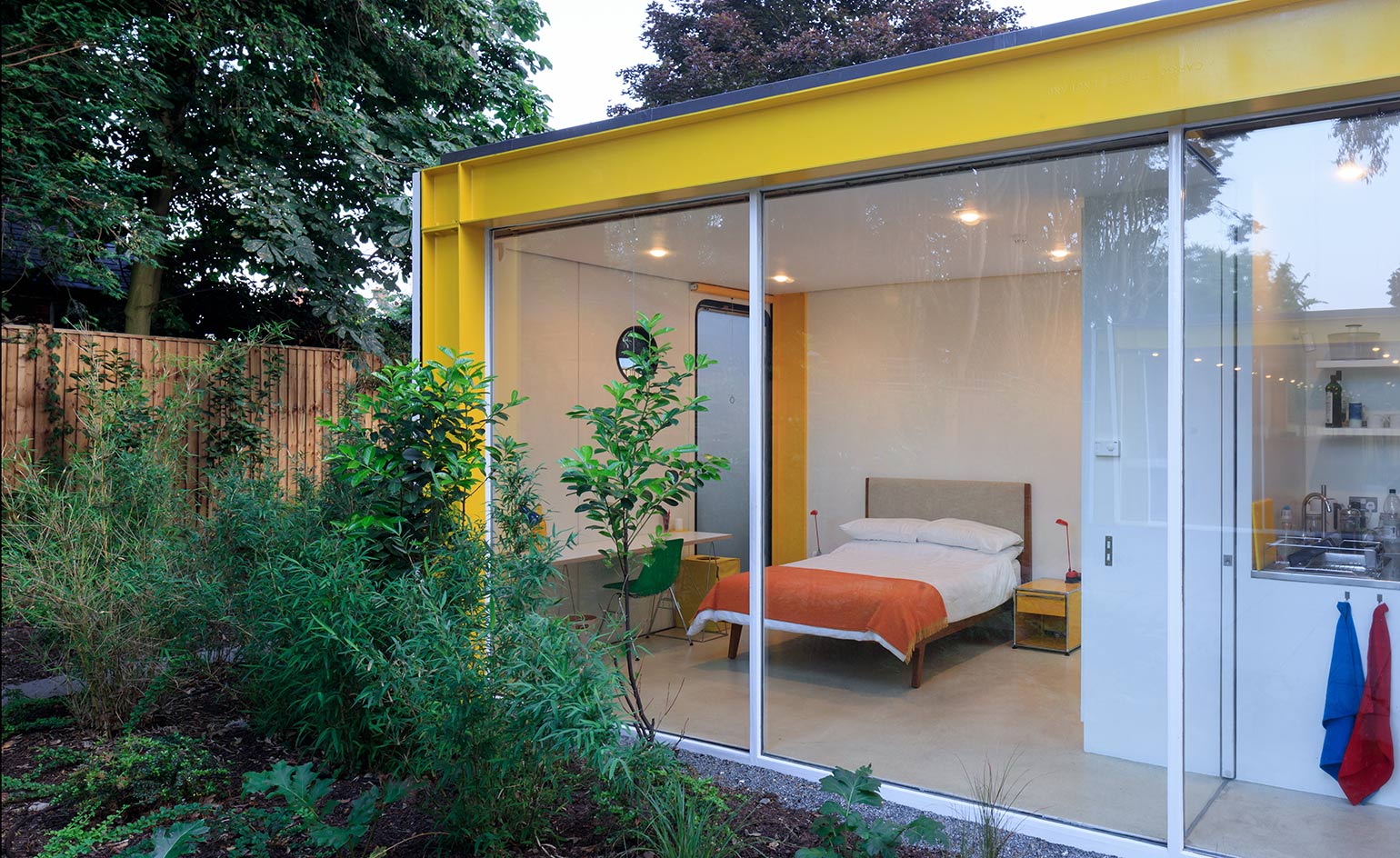
The fully glazed façade integrates the rooms of the house with the gardens
The design for Wimbledon House was very experimental for its time, following a modular format that would allow for the renewal of technology and developing needs as time passed, while providing a basic adaptable structure. It was a concept that Lord Rogers had begun developing with the Pompidou and later Lloyd’s, and tested out on a smaller residential scale with Wimbledon House.
Restoration was spearheaded by Gumuchdjian Architects – founder Philip Gumuchdjian worked with the Richard Rogers Partnership for 18 years before setting up his own practice, and supported by Paddy Pugh of John McAslan + Partners, who previously worked at English Heritage. The approach to restoring the building focused on maintaining the character of the design, instead of the fabric – three quarters of the envelope had to be replaced due to asbestos.
After several renovations, the two steel and glass pavilions were returned to their 1990 status, which meant the removal of recently added buildings and a refurbishment of the interior. The courtyards and gardens were returned to their original open design with the collaboration of landscape architect Todd Longstaffe-Gowan. The pavilions and the outdoor spaces were conceived by Lord Rogers as the core modules of the design that would remain constant, a concept that has been returned to.
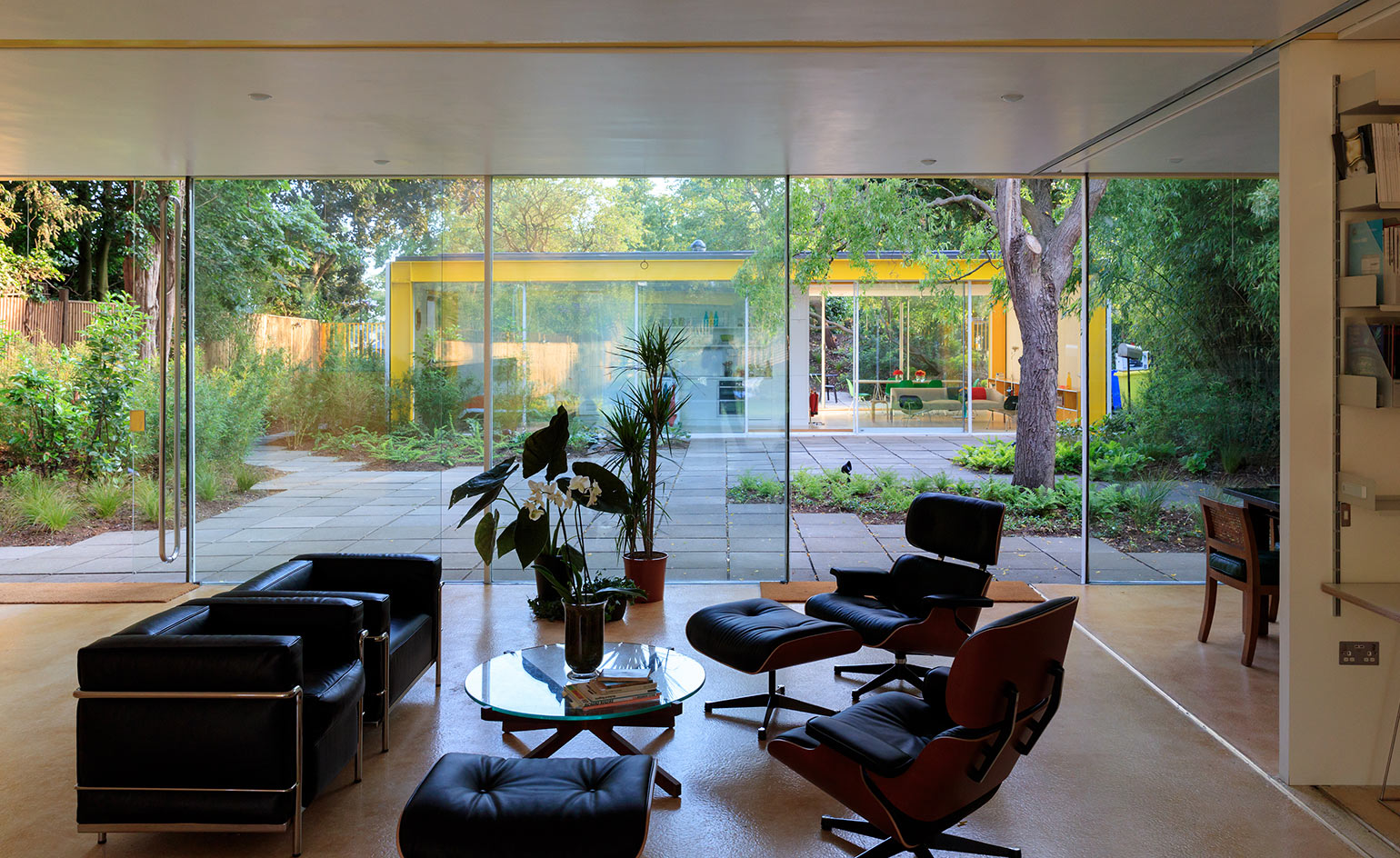
The modernist house will host six fellows a year on three-month-long residencies
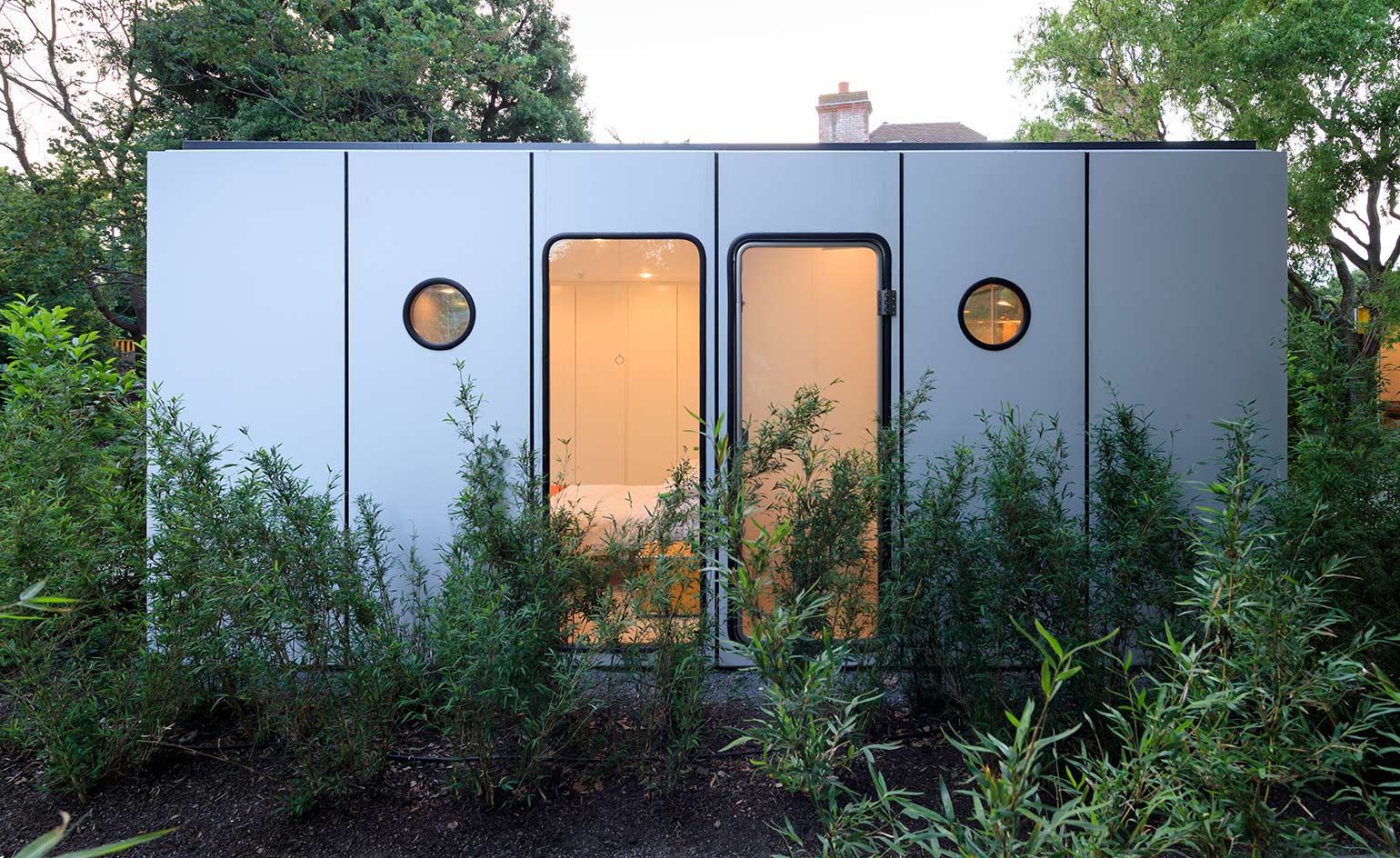
Designed in the 1960s, the property was a response to the industrialisation of construction
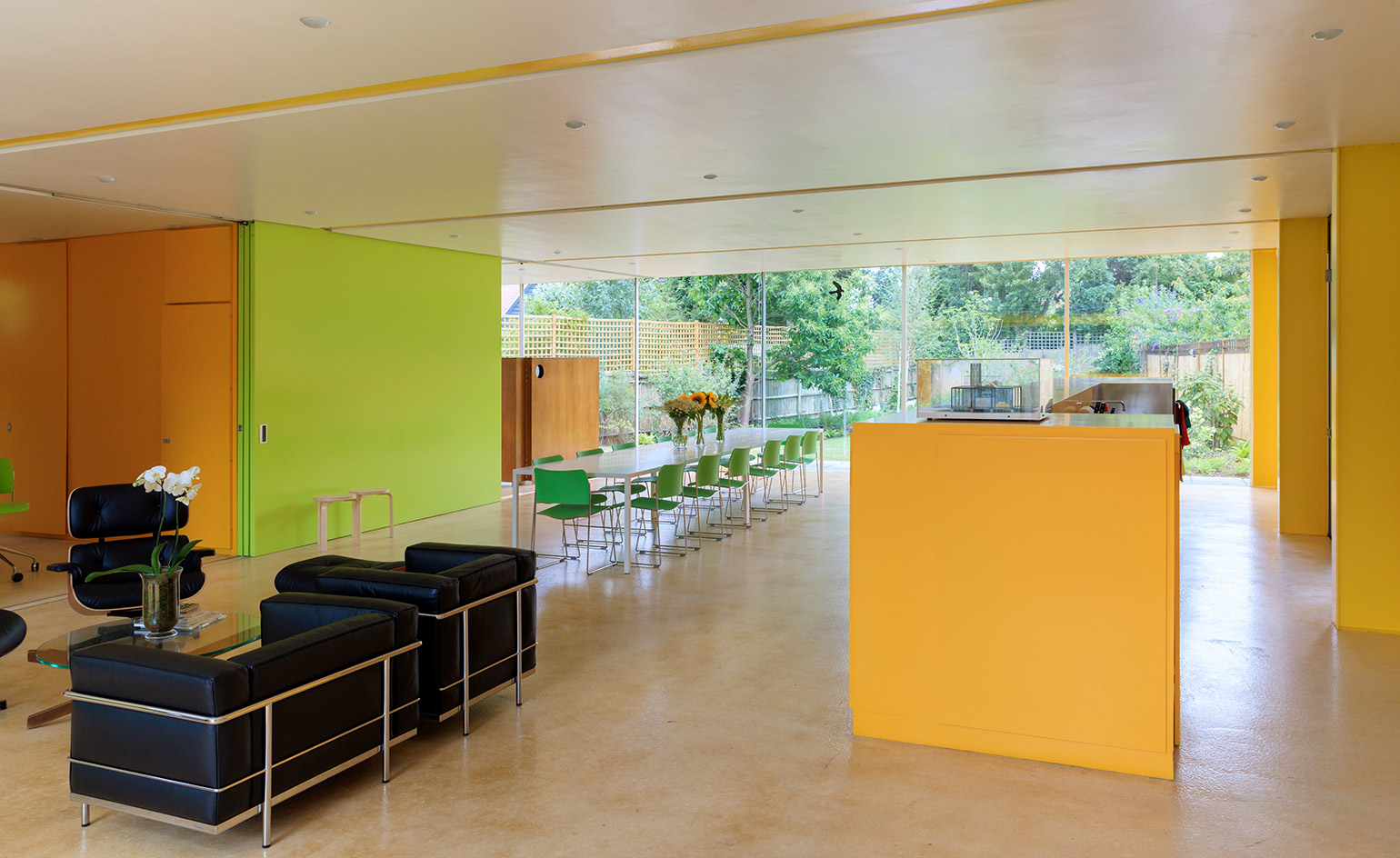
After several renovations, the interiors were restored to its 1990s look, although the furniture has been updated
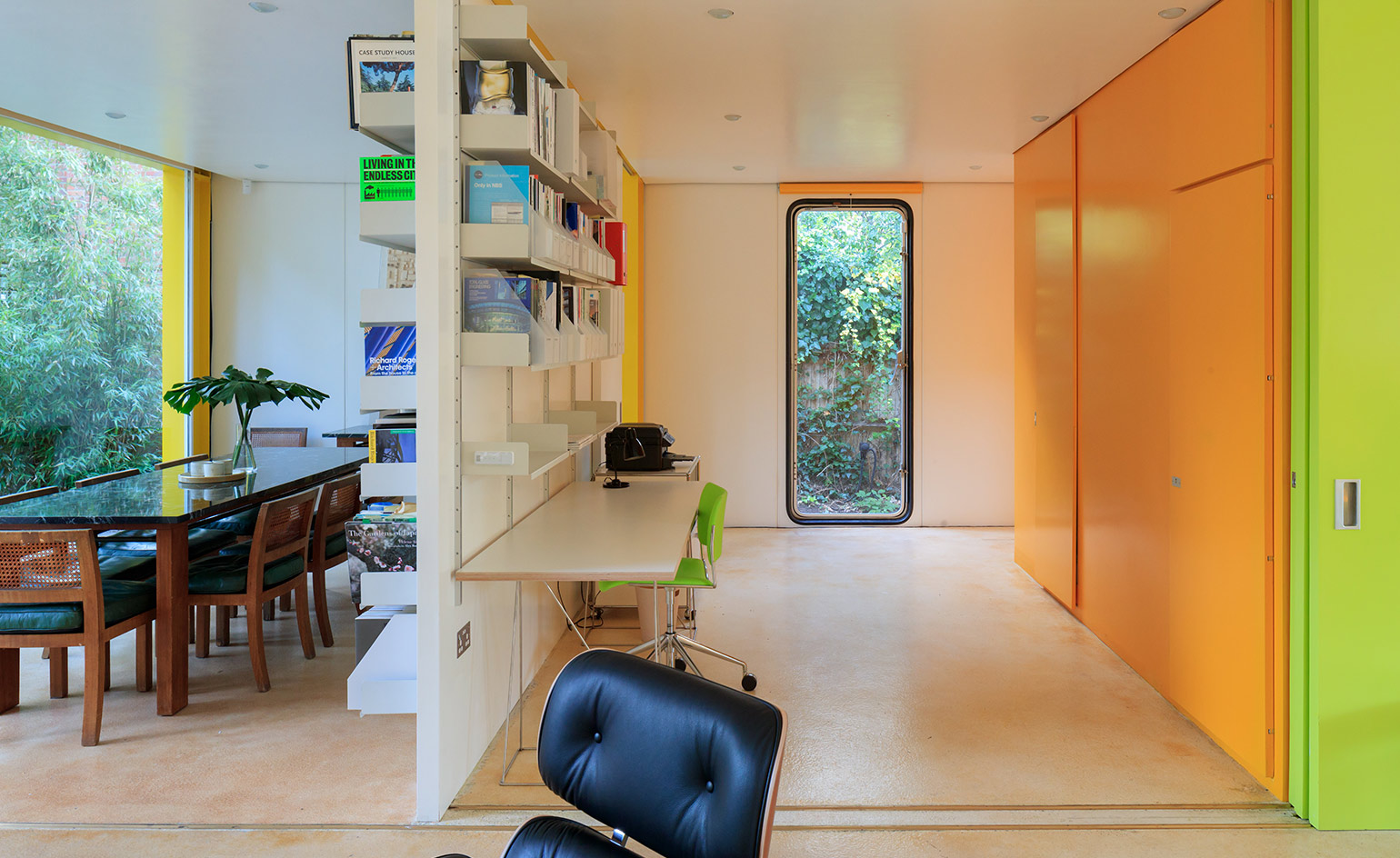
The house follows a modular format and was experimental for its age
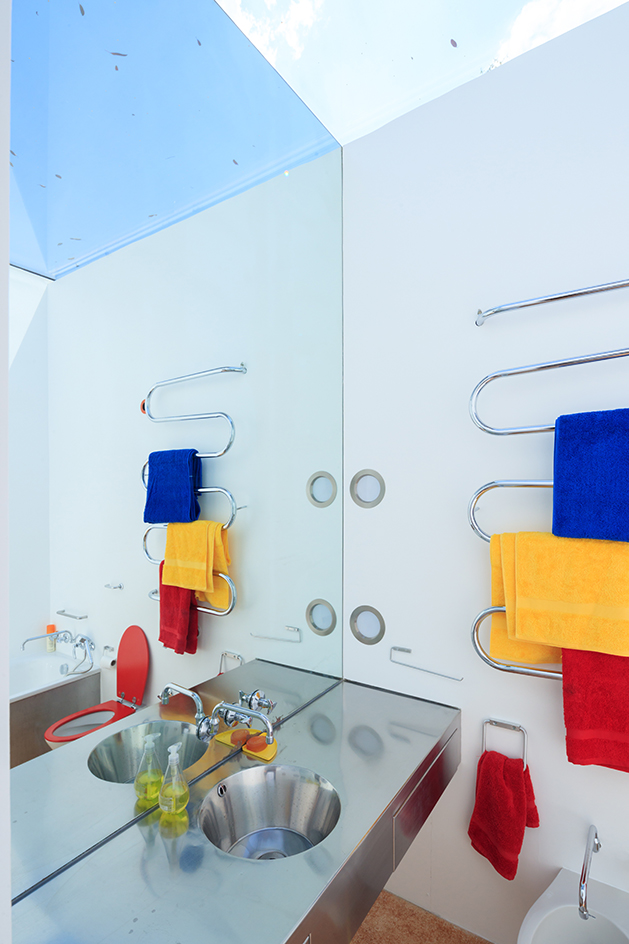
The approach to restoring the building focused on maintaining the character of the design, instead of the fabric
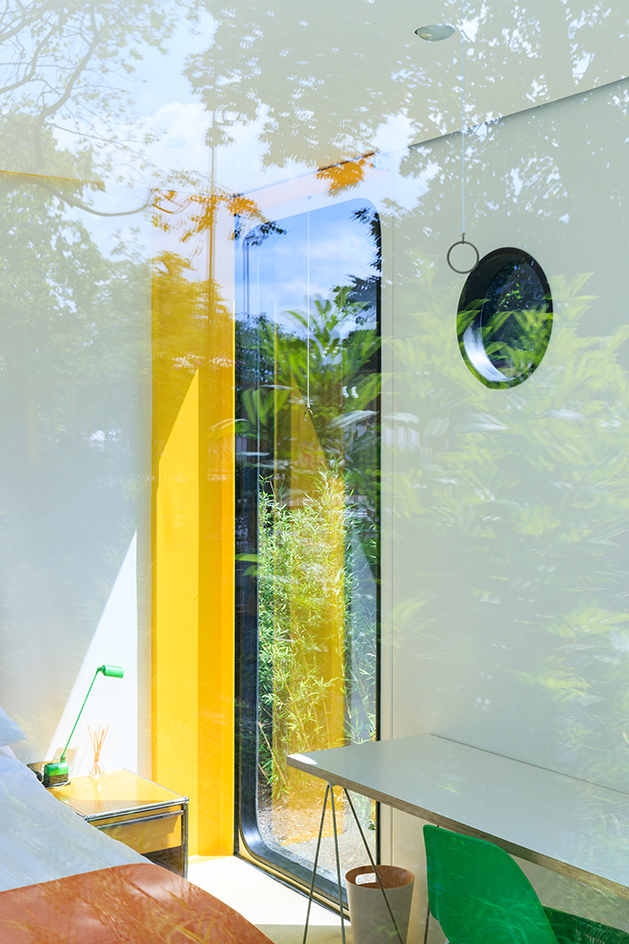
The house has been adapted to suit the needs of the needs of the research residents
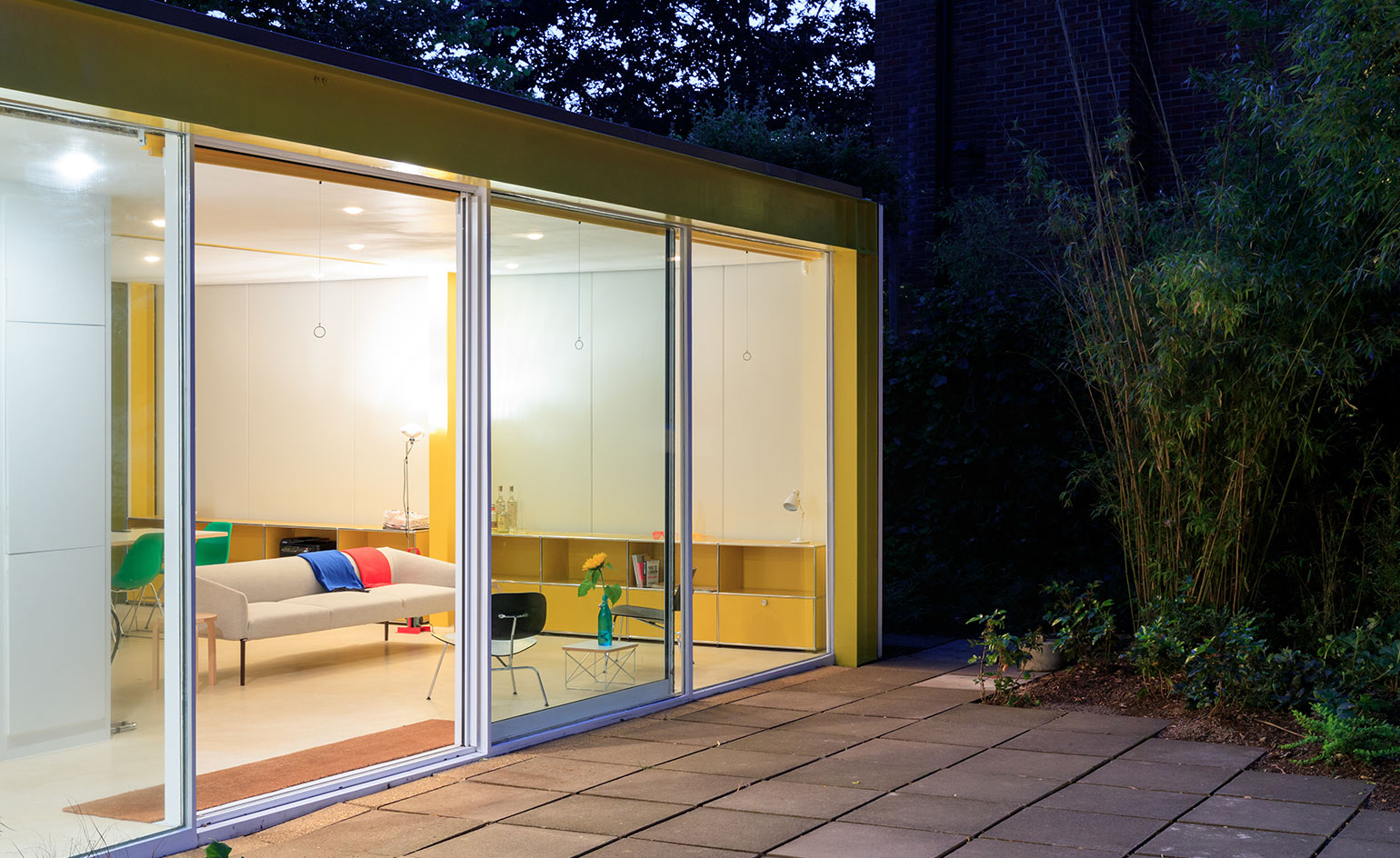
Landscape architect Todd Longstaffe-Gowan responds to the original concept of the house, allowing the interior and exterior to be integrated
INFORMATION
For more information, visit the Havard GSD website and the Gumuchdjian Architects website
Wallpaper* Newsletter
Receive our daily digest of inspiration, escapism and design stories from around the world direct to your inbox.
Harriet Thorpe is a writer, journalist and editor covering architecture, design and culture, with particular interest in sustainability, 20th-century architecture and community. After studying History of Art at the School of Oriental and African Studies (SOAS) and Journalism at City University in London, she developed her interest in architecture working at Wallpaper* magazine and today contributes to Wallpaper*, The World of Interiors and Icon magazine, amongst other titles. She is author of The Sustainable City (2022, Hoxton Mini Press), a book about sustainable architecture in London, and the Modern Cambridge Map (2023, Blue Crow Media), a map of 20th-century architecture in Cambridge, the city where she grew up.
-
 All-In is the Paris-based label making full-force fashion for main character dressing
All-In is the Paris-based label making full-force fashion for main character dressingPart of our monthly Uprising series, Wallpaper* meets Benjamin Barron and Bror August Vestbø of All-In, the LVMH Prize-nominated label which bases its collections on a riotous cast of characters – real and imagined
By Orla Brennan
-
 Maserati joins forces with Giorgetti for a turbo-charged relationship
Maserati joins forces with Giorgetti for a turbo-charged relationshipAnnouncing their marriage during Milan Design Week, the brands unveiled a collection, a car and a long term commitment
By Hugo Macdonald
-
 Through an innovative new training program, Poltrona Frau aims to safeguard Italian craft
Through an innovative new training program, Poltrona Frau aims to safeguard Italian craftThe heritage furniture manufacturer is training a new generation of leather artisans
By Cristina Kiran Piotti
-
 Croismare school, Jean Prouvé’s largest demountable structure, could be yours
Croismare school, Jean Prouvé’s largest demountable structure, could be yoursJean Prouvé’s 1948 Croismare school, the largest demountable structure ever built by the self-taught architect, is up for sale
By Amy Serafin
-
 Jump on our tour of modernist architecture in Tashkent, Uzbekistan
Jump on our tour of modernist architecture in Tashkent, UzbekistanThe legacy of modernist architecture in Uzbekistan and its capital, Tashkent, is explored through research, a new publication, and the country's upcoming pavilion at the Venice Architecture Biennale 2025; here, we take a tour of its riches
By Will Jennings
-
 At the Institute of Indology, a humble new addition makes all the difference
At the Institute of Indology, a humble new addition makes all the differenceContinuing the late Balkrishna V Doshi’s legacy, Sangath studio design a new take on the toilet in Gujarat
By Ellie Stathaki
-
 How Le Corbusier defined modernism
How Le Corbusier defined modernismLe Corbusier was not only one of 20th-century architecture's leading figures but also a defining father of modernism, as well as a polarising figure; here, we explore the life and work of an architect who was influential far beyond his field and time
By Ellie Stathaki
-
 How to protect our modernist legacy
How to protect our modernist legacyWe explore the legacy of modernism as a series of midcentury gems thrive, keeping the vision alive and adapting to the future
By Ellie Stathaki
-
 A 1960s North London townhouse deftly makes the transition to the 21st Century
A 1960s North London townhouse deftly makes the transition to the 21st CenturyThanks to a sensitive redesign by Studio Hagen Hall, this midcentury gem in Hampstead is now a sustainable powerhouse.
By Ellie Stathaki
-
 The new MASP expansion in São Paulo goes tall
The new MASP expansion in São Paulo goes tallMuseu de Arte de São Paulo Assis Chateaubriand (MASP) expands with a project named after Pietro Maria Bardi (the institution's first director), designed by Metro Architects
By Daniel Scheffler
-
 Marta Pan and André Wogenscky's legacy is alive through their modernist home in France
Marta Pan and André Wogenscky's legacy is alive through their modernist home in FranceFondation Marta Pan – André Wogenscky: how a creative couple’s sculptural masterpiece in France keeps its authors’ legacy alive
By Adam Štěch